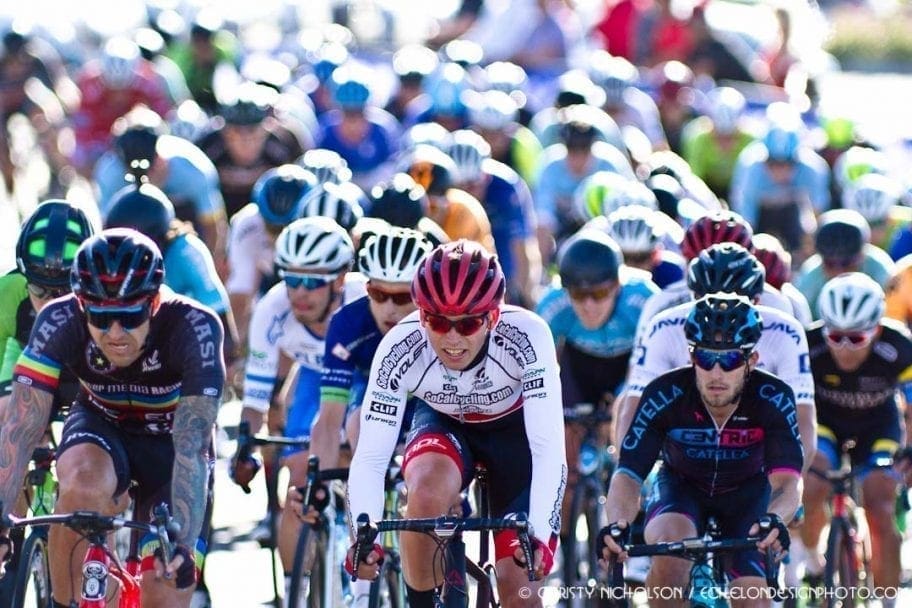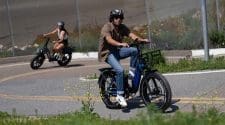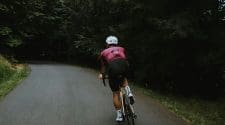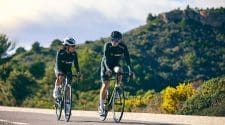The past week has been a stressful and life-changing experience for everyone on a global scale. In addition, to our day to day lives and work being disrupted, we as cyclists have had some upheavals with cycling events, bike tours and cycling clinics postponing and canceling, cycling teams and clubs not being able to race or do group rides and the bike industry and bike shops making modifications.
Please take care of yourself ! Enjoy a bike ride, hike or exercise if you can to stay healthy, relieve stress and have a mental break. Get plenty of sleep, eat well and boost your immune system. We are thinking of everyone as we go through this difficult time together! SoCalCycling.com will be here to keep you updated as we ride this out together!
Below is a collection of resources for cyclists to navigate dealing with the impact of COVID-19 to assist you to stay safe and healthy.
USA Cycling COVID-19 Update
USA Cycling has brought on medical expert Dr. Michael Roshon to provide an informational video and follow-up webinar for our community around the base causes of COVID-19, how it’s transmitted, and all the precautions the cycling community should take to avoid transmission.
USA Cycling is calling on all event directors, clubs, coaches, athletes, and members to follow the guidelines and regulations issued by national, state and local authorities. This includes foregoing gatherings such as group rides, in-person team meetings, and any other group or team activities where people assemble.
View Video
View Webinar
From International Mountain Bike Association for Mountain Bikers
Getting out on the trails is tremendously valuable. Trails bring us together, but to keep each other safe, we must keep our distance. How can our community navigate this challenge?
First and foremost, refer to the Centers for Disease Control and Prevention for best practices, as well as guidelines from your state and local governments. Then, as appropriate, cautiously take advantage of trails and outdoor spaces unless you are feeling ill. We will all benefit from fresh air.Should mountain bikers host group rides or trail work days?
Cancel, postpone or reschedule upcoming events including races, trail work, and group rides until there are new government directives. For now, let’s ride in very small groups, keep our distance, and enjoy our trails close to home to minimize the risks associated with car travel.
How can trail users pass responsibly with social distance?
Stay alert, slow down, and communicate with each other from a distance about how to proceed. With gyms and rec centers closing, there may be new users on the trails. It’s a great time for community education on responsible riding and for being patient, exemplary stewards.
From Bicycling – “How to Ride Safely Amid Coronavirus Concerns”
Bicycling answers cyclists frequently asked questions as the virus continues to spread – Read Article
From the LA Times – Is it safe to walk, run, hike and bike outside? Is it recommended?
Yes, say L.A. County Public Health officials. In fact, “take a walk” and “go for a hike” are at the top of the L.A. County Public Health Department’s “safe-to-do” list as the region’s fight against the coronavirus continues.
And, a spokesman said, “Biking and running are great as long as not in a group where there is close contact. – Read Article
With gyms and indoor workout studios banned, more people will be working out outside, so keep your distance from others.
Tips for Protecting Yourself and Others from Coronavirus (COVID-19)
• Wash your hands regularly and thoroughly for at least 20 seconds with hot, soapy water or with hand sanitizer that is > 60 % alcohol
• Be self-sufficient – Have hand sanitizer that is > 60 % alcohol or wipes that kill germs available for yourself to use to keep your hands and surfaces clean
• If you cough or sneeze, cover it with a tissue or your elbow, not your hands, clean your hands after
• Don’t shake hands
• Don’t touch your face
• If you feel sick stay at home and away from others
• Avoid touching eyes, nose and mouth
• Maintain a social distance of 6 feet
• For cyclists, don’t spit or blow your nose while riding (especially with others around you)
• Wear Gloves when touching surfaces (see below)
For more information and advice visit the World Health Organization.
How Long does Coronavirus Stay on Surfaces
The virus that causes coronavirus disease 2019 (COVID-19) is stable for several hours to days in aerosols and on surfaces, according to a new study from National Institutes of Health, CDC, UCLA and Princeton University scientists in The New England Journal of Medicine. The scientists found that severe acute respiratory syndrome coronavirus 2 (SARS-CoV-2) was detectable in aerosols for up to three hours, up to four hours on copper, up to 24 hours on cardboard and up to two to three days on plastic and stainless steel. The results provide key information about the stability of SARS-CoV-2, which causes COVID-19 disease, and suggests that people may acquire the virus through the air and after touching contaminated objects. The study information was widely shared during the past two weeks after the researchers placed the contents on a preprint server to quickly share their data with colleagues.
Wear gloves and protect yourself.
No products found.

















